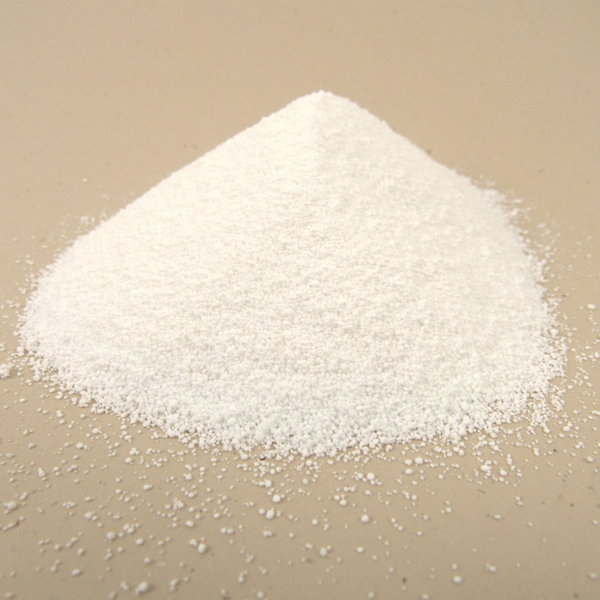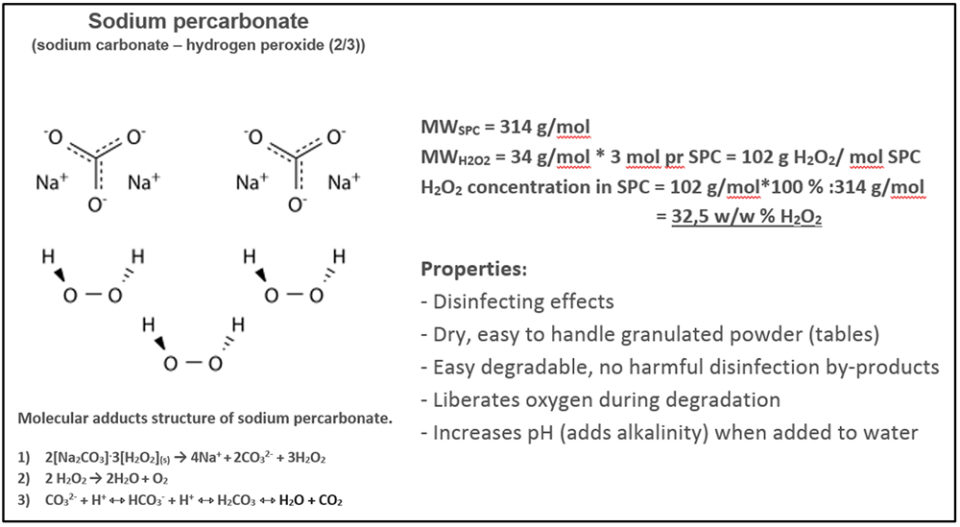






 8
8





- Tim's Homestead Journal - Purchase a copy of Building a Better World in Your Backyard - Purchase 6 Decks of Permaculture Cards -
- Purchase 12x Decks of Permaculture Cards - Purchase a copy of the SKIP Book - Purchase 12x copies of Building a Better World in your Backyard
 10
10





Life's too short, eat desert first! [Source of quote unknown]
You have to be warped to weave [ditto!]
 12
12




Argue for your limitations and they are yours forever.
 6
6




 2
2




 3
3




Best luck: satisfaction
Greatest curse, greed
 3
3




 3
3





 6
6




For all your Montana Masonry Heater parts (also known as) Rocket Mass heater parts.
Visit me at
dragontechrmh.com Once you go brick you will never go back!
 5
5




"Ah, but a man's reach should exceed his grasp,
Or what's a heaven for?"
Andrea del Sarto by Robert Browning
 3
3




Mike Barkley wrote:It works well for the electrolysis technique of removing rust from metals.
 3
3




 4
4




Jason Learned wrote:
I'll convert it to quarts etc one day. Recipe comes from a cool youtuber, who I cannot remember at this time.
Jason
"Ah, but a man's reach should exceed his grasp,
Or what's a heaven for?"
Andrea del Sarto by Robert Browning




Kevin Olson wrote:
Jason Learned wrote:
I'll convert it to quarts etc one day. Recipe comes from a cool youtuber, who I cannot remember at this time.
Jason
 4
4




Jason Learned wrote:Yes. That is the guy. Thank you
"Ah, but a man's reach should exceed his grasp,
Or what's a heaven for?"
Andrea del Sarto by Robert Browning

 1
1




Working toward a permaculture-strong retirement near sunny Sperling.
 4
4




Moderator, Treatment Free Beekeepers group on Facebook.
https://www.facebook.com/groups/treatmentfreebeekeepers/





















- Tim's Homestead Journal - Purchase a copy of Building a Better World in Your Backyard - Purchase 6 Decks of Permaculture Cards -
- Purchase 12x Decks of Permaculture Cards - Purchase a copy of the SKIP Book - Purchase 12x copies of Building a Better World in your Backyard
[video summary]*Powerful Cleaning Agent*
Washing soda, created by heating baking soda at 210°C for 30 minutes, is 100,000 times stronger with a pH of 11.5 compared to baking soda's pH of 8.5.
This universal cleaning product can remove burnt-on residues, unblock sinks, degrease pots and pans, clean laundry, soften hard water, and clean washing machines.
*Versatile Applications*
Washing soda excels as a degreaser for household laundry, carpets, upholstery, cookware, and hood extractors, effectively breaking down grease.
It can clean glass ceramic hobs, remove stains from carpets and upholstery, and be used to make heavy-duty degreasers, bathroom cleaners, and spot removers.
*Cost-Effective Solution*
Baking soda's chemical transformation into washing soda through heating makes it a cheap and effective cleaning agent for various household applications.
 4
4
















 2
2





- Tim's Homestead Journal - Purchase a copy of Building a Better World in Your Backyard - Purchase 6 Decks of Permaculture Cards -
- Purchase 12x Decks of Permaculture Cards - Purchase a copy of the SKIP Book - Purchase 12x copies of Building a Better World in your Backyard
 4
4




Zone 6, 45 inches precipitation, hard clay soil





|
We all live in a yellow submarine. Me, this cat and this tiny ad:
The new permaculture playing cards kickstarter is now live!
https://www.kickstarter.com/projects/paulwheaton/garden-cards
|




